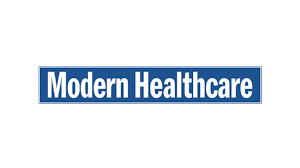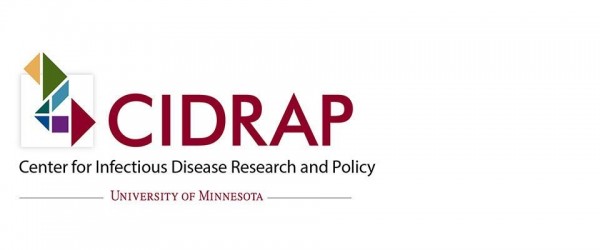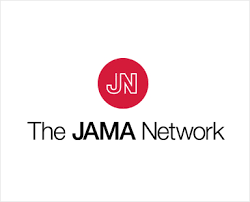Commentary: Systemic trauma, not burnout, drives healthcare’s workforce crisis

Editor's Note Healthcare’s workforce crisis stems from systemic trauma—not individual burnout. That’s the central argument of a commentary published April 30 in MedPage Today, in which Taylor Nichols, MD, a board-certified physician in emergency medicine and addiction medicine, calls for a sweeping shift in how healthcare-associated stress is understood and…
Federal grant cuts threaten hospital disaster readiness

Editor's Note Eliminating the Federal Emergency Management Agency’s (FEMA’s) key disaster preparedness grants could weaken hospital infrastructure and jeopardize care during future crises, according to a May 5 report in Modern Healthcare. As detailed in the article, the Trump administration has cut $3.3 billion in annual funding by ending the…
Study: Prolonged COVID symptoms more likely for healthcare workers

Editor's Note Long COVID strikes healthcare and dental workers at far higher rates than the general population, according to an April 23 article from the Center for Infectious Disease Research and Policy (CIDRAP) at the University of Minnesota. As detailed in the article, two recent international studies reveal that 40%…
Study: Longer shifts, understaffing increase nurse sickness absence

Editor's Note Hospital units with more RNs and fewer long shifts experience significantly lower rates of staff sickness absence, while understaffing and long shifts drive nurse illness, according research published April 22 in JAMA Network. The retrospective longitudinal case-control study involved 18,674 RNs and nursing support (NS) staff across 116…
Study: Daytime meals protect heart health in night shift workers

Editor's Note Eating during the day instead of at night may protect shift workers from harmful cardiovascular effects, according to an April 17 report in Medscape on new research from Mass General Brigham. Researchers found that the timing of meals—not just their content—directly influences cardiac and clotting function in adults…
Borescope inspections reveal widespread contamination in lumened surgical instruments

Editor's Note Conventional cleaning protocols fail to remove visible soil and debris from lumened surgical instruments, raising urgent concerns about patient safety and sterilization efficacy. That’s the central finding of a study published February 11 in The American Journal of Infection Control, which used borescopes to inspect the lumens of…
Strengthening healthcare cyber defenses challenged by third-party, asset-related risks
Editor's Note Healthcare organizations are improving their ability to respond to cyberattacks but continue to fall short on preventing them—particularly when it comes to managing third-party and asset-related risks. That’s the key takeaway from the 2025 Healthcare Cybersecurity Benchmarking Study conducted by KLAS Research and partner organizations. Surveying 69 healthcare…
Medication vial coring incidents prompt patient safety concerns
Editor's Note Safety organizations are raising concerns amid increased reports of improper needle use causing vial coring, leading to potential contamination and patient risk. Published April 4 by the Anesthesia Patient Safety Foundation (APSF) and ECRI/Institute for Safe Medicine Practices (ISMP), the alert offers interim guidelines to reduce risks associated…
FBI investigates as Oracle health data breach exposes patient information

Editor's Note Cybercriminals breached a legacy server at Oracle Health, stealing patient data from multiple hospitals and health systems, according to a March 31 article in Healthcare Executive. The breach, discovered around February 20, occurred before Oracle migrated the affected server from Cerner's system to Oracle Cloud. According to the…
Study: CMS sepsis care protocol shows no clear mortality benefit

Editor's Note A systematic review found no strong evidence that compliance with the CMS Severe Sepsis and Septic Shock Management Bundle (SEP-1) reduces mortality, raising questions about its inclusion in hospital performance measures, according to a February 19 report from the University of Minnesota’s Center for Infectious Disease Research and…

 Free Daily News
Free Daily News